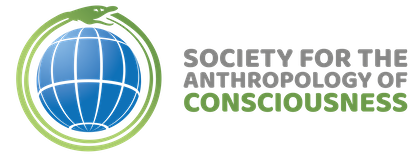Scott Swan (Florida State University)
Based on anecdotal evidence from oral history and supporting research, this paper proffers two challenges. First, this paper challenges conventional consideration of 1950s “doo wop” music as a primarily commercial phenomenon exemplifying the exploitive, commodifying interests of the recording industry. Second, this paper, using doo wop as an example, exposes the limits of mediated performance in the digital diaspora to create a sense of communitas in listeners/consumers. This paper posits that the physical co-presence of performer and audience is a necessary condition for the sense of communitas offered by Roberto Espisito, contra Edith Turner et al. Physical co-presence in performance thickens and activates local social and moral assets across a rhizomatic network of performer/audience interactions in a way not possible across the digital diaspora. African American doo wop groups from the 1950s receive scant scholarly consideration as an expression of black urban consciousness. Compared to more “authentic” African American musical expressions, doo-wop is viewed as a manipulated commercialized product. This focus belies the generative social, moral, and cultural assets activated in the urban African American community. The urban audience actively shaped and sharpened the doo wop aesthetic through participatory consumption. Doo-wop was a distinctly urban and communal music, performed by a group for a community. The research supported anecdotes of Lavell Kamma, a former soul recording artist in the 1960s and 1970s, demand reconsideration of doo wop as an expressive chronotope, and doo wop also challenges the limits of communitas through digitally mediated performance. [Originally Published in the AAA 2013 Conference Program]
